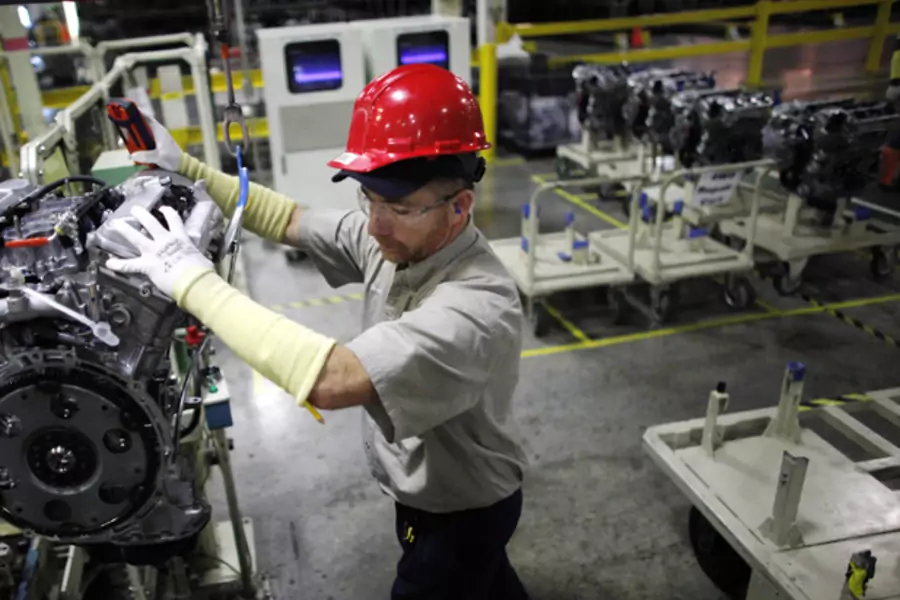Why Manufacturing Will Not Lead a Jobs Recovery

More on:
The White House has recently been trumpeting the small signs of revival in U.S. manufacturing. After shedding more than 2.2 million jobs since 2007, U.S. manufacturers have added about 330,000 jobs over the past two years.
The fledgling recovery appears to be driven by several factors:
• slightly higher labor costs in China and falling U.S. labor costs due to the recession and the new “two-tier” union wage deals that keep down wages and benefits for new hires in unionized sectors;
• cheaper U.S. energy costs, largely due to falling natural gas prices because of the rising quantities of domestic shale gas;
• higher overseas transportation costs due to continued high oil prices;
• Finally, there is probably some natural correction occurring as a result of too many companies overestimating the savings they would realize by offshoring to China.
This is an encouraging trend. Manufacturing is a highly productive, well-paid sector of the economy. There is increasing evidence that future product and process innovation depend on maintaining a robust manufacturing capability. Manufacturing companies have deep linkages throughout the economy – the typical manufacturing job produces about 1.7 spinoff jobs. And the U.S. has real advantages in some of the new manufacturing technologies. My friend Vivek Wadhwa has argued that customized manufacturing processes will reduce the competitive advantages of low-cost mass production and play to American strengths.
But manufacturing is not about to become an engine of U.S. job growth. U.S. manufacturing output still remains about 10 percent below its pre-recession peak, and employment is still nearly two million jobs below its November 2007, pre-recession level. The number of manufacturing jobs, even with the slight uptick, remains the lowest in 70 years. Even as output grows, employment is unlikely to approach anything like former levels.
There is a superb piece in this month’s Atlantic magazine that lays out more clearly than anything I’ve seen why manufacturing companies will create few jobs, even if the U.S. share of global manufacturing manages to grow. The story puts real human faces on the concept of “productivity.” It demonstrates why the growing potential for automation to replace labor as a result of computers and robotics is simply too strong to resist, and how the future will increasingly consist of machines making things rather than people making things.
What this means is that, even as the manufacturing sector will continue to grow, the United States will need to look to other industries for robust, higher-wage job growth. My bet is on the business services sector, in fields such as engineering services, movie and software production, and telecommunications where demand for U.S. services is growing rapidly, especially in the emerging markets. Brad Jensen of Georgetown University and the Peterson Institute has laid out the case in his excellent new book. These sectors already employ twice as many people at higher average wages than in manufacturing, and job growth has been strong over the past decade. The United States runs a steadily rising trade surplus in services, compared with a deep, chronic deficit in manufacturing trade. These are sectors in which the United States, along with Europe, has a strong comparative advantage and the potential to sell much more to the world.
No one sector is going to dig the United States out of the jobs hole we currently find ourselves. But manufacturing is a particularly poor candidate.
More on:
 Online Store
Online Store